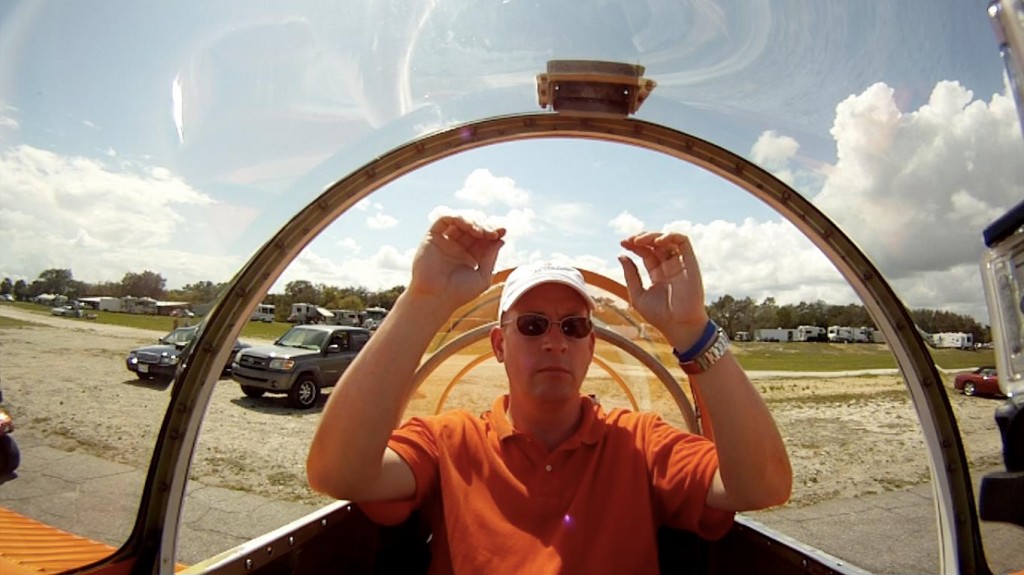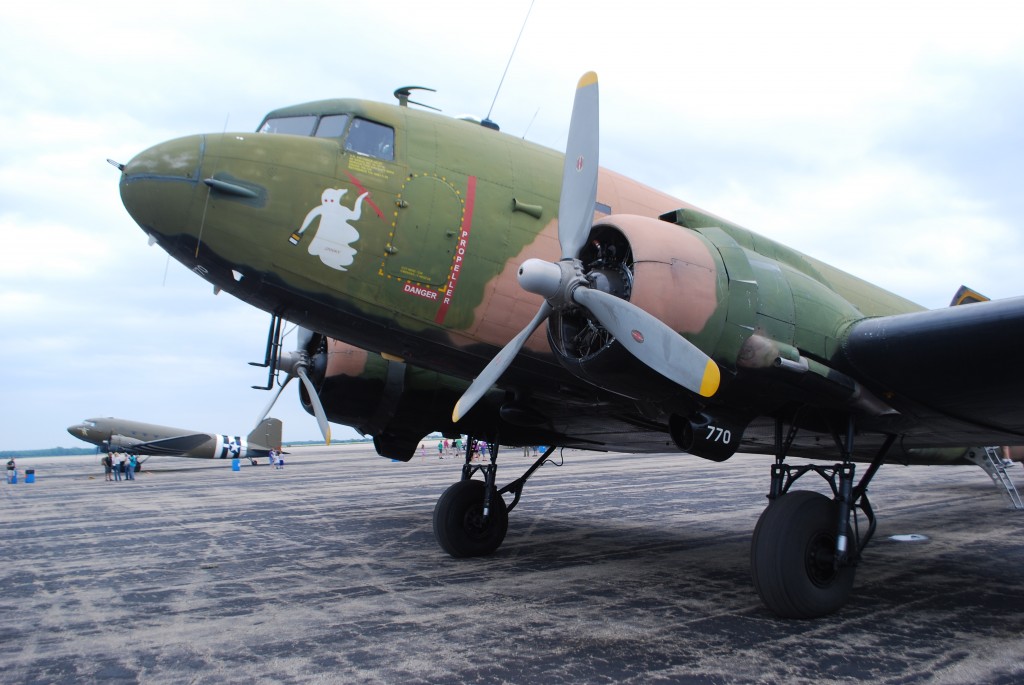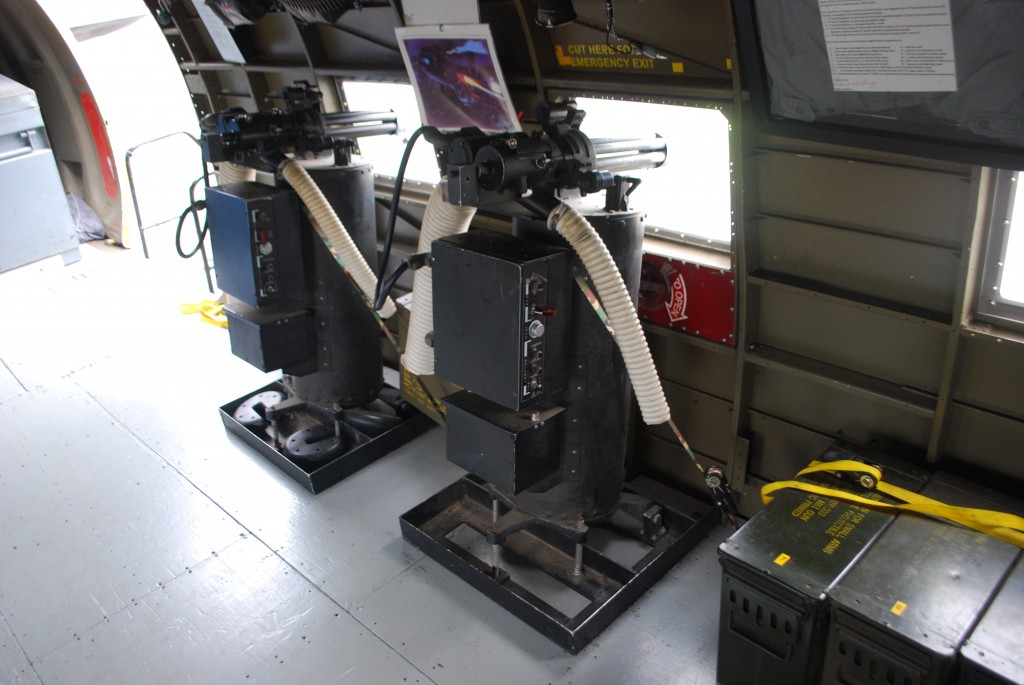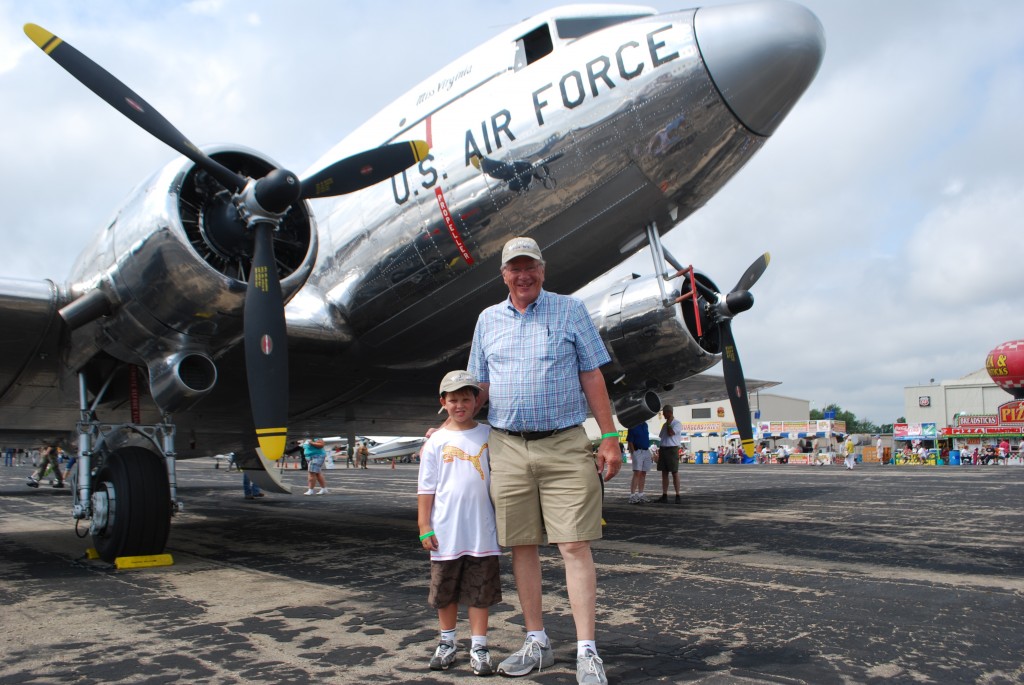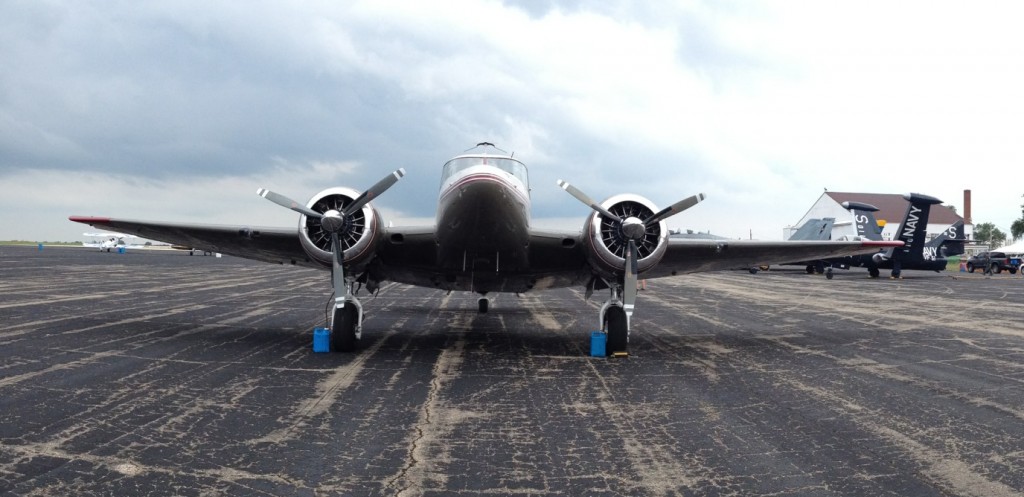These are the show notes to an audio episode. You can listen to the show audio by clicking here: http://traffic.libsyn.com/airspeed/AirspeedCircusWithPreRoll.mp3. Better yet, subscribe to Airspeed through iTunes or your other favorite podcatcher. It’s all free!
There are three things you need to know about yourself. Who you are, what you want to be, and, if there’s a difference between the two, what you’re going to do about that difference every day for the rest of your life.
Sometimes, the act of answering those questions creates a change that alters who you are in profound ways. I answered those questions in 1998 after I watched the Tom-Hanks-produced HBO miniseries From the Earth to the Moon. Being honest, the answers were (1) law student and soon-to-be-lawyer, (2) astronaut, and (3) – well, what?
Shortly after passing the bar and beginning law practice, I decided to look into flight training. Even knowing that becoming an astronaut was a non-starter, being the pilot in command of an aircraft was a pretty good step in that direction and it gave me most of what I needed in the way of inspiration.
It wasn’t long after becoming a pilot and beginning to add additional ratings and endorsements that I began to regularly go to airshows. The desire to get close to airshows largely spawned the podcast to which you’re now listening, still active more than seven years and 200 episodes later.
I’ve been in the photo pit and on the ramp and actually inside the airshow box during shows for years. I remain thankful to Roger Bishop, Patti Mitchell, Brett Bailey, and others at airshows from Battle Creek to Indy and otherwise for truly wonderful access.
But the perspective that I had, and that I conveyed, was that of a fan. There’s nothing wrong with being a fan. But I wanted to go deeper. I wanted to know what it was like to be a part of the show. To get so close to the performers, the crews, the air boss, the announcer, and the others who actually put on a show that I could tell a real story from that perspective. [Read more...]
